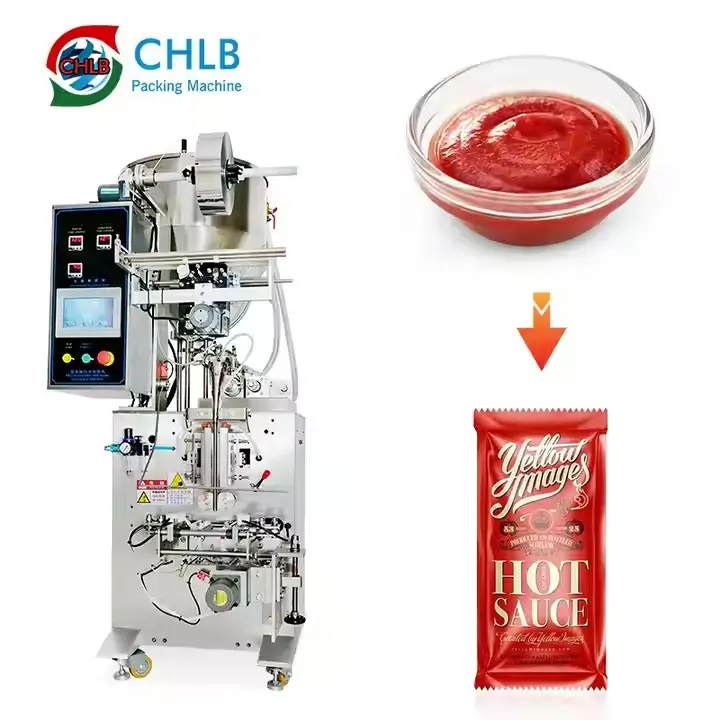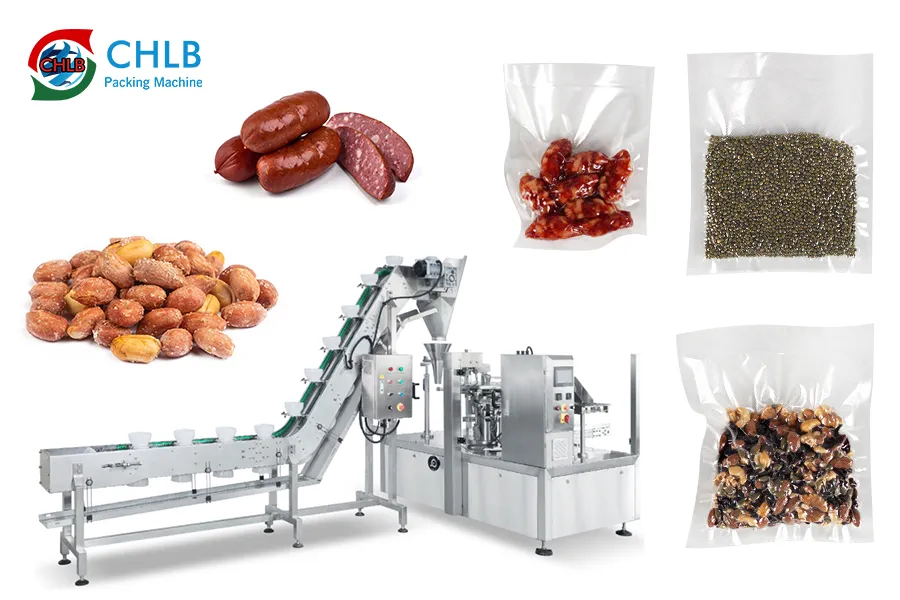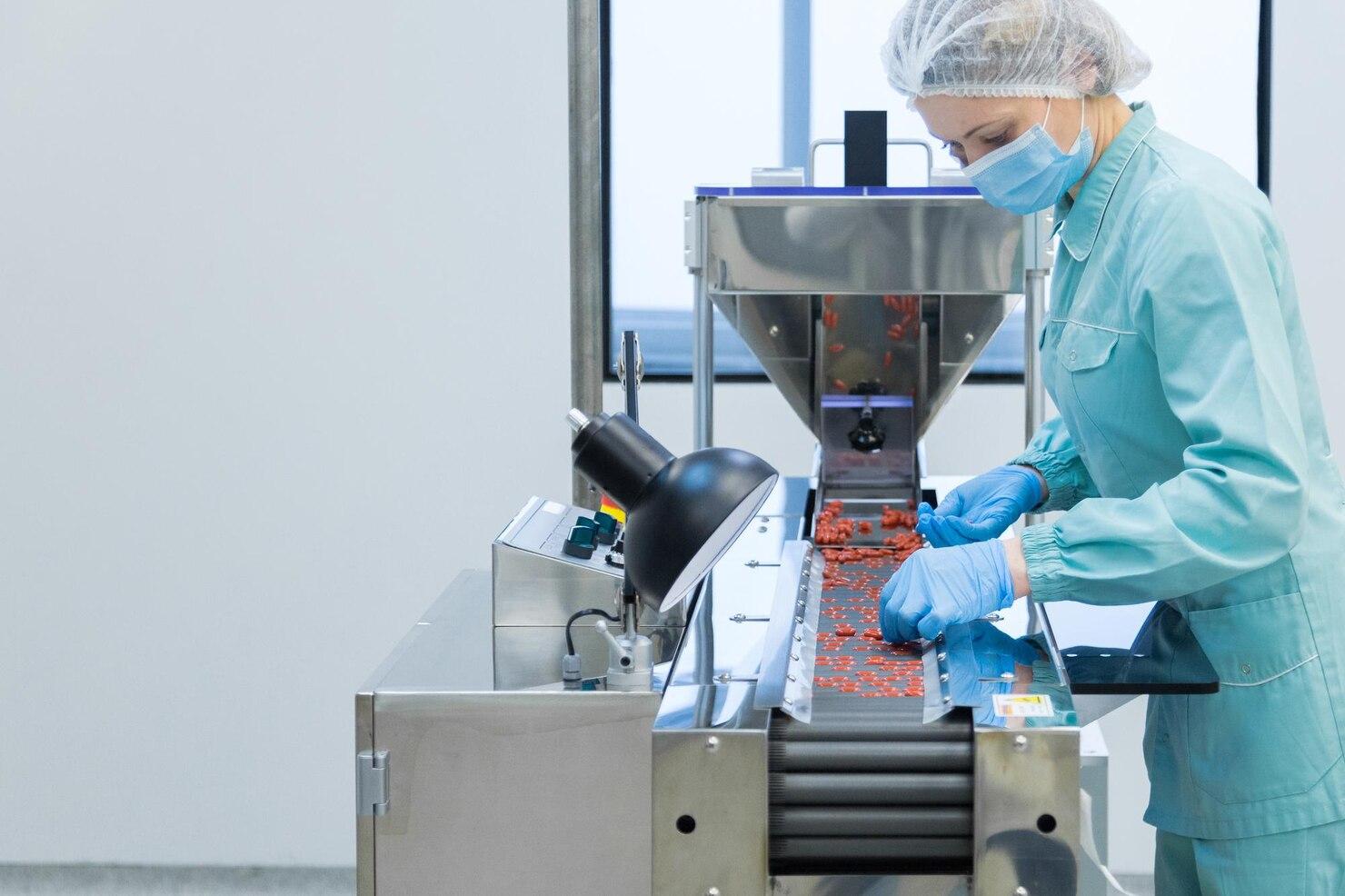食品包装は、安全を確保する上で重要な役割を果たします, 品質, 製品の寿命. 内容物を外部の要素から保護するだけでなく、食品廃棄物を減らすのにも役立ちます, 利便性の向上, 消費者に不可欠な情報を提供します. 非常に多くのオプションがあります, さまざまな種類の包装材料とその利点を理解することが重要です. このガイドでは, 最も一般的に使用される食品包装材料を探索します, 彼らの役割, そして、あなたのビジネスに適したものを選ぶためのヒントを提供します. 包装を最適化し、品質を維持しながらコストを削減する方法を発見するために読んでください.
食品包装の役割
によると 通路 Wiley Online Libraryから, 食品包装 日常生活で重要な役割を果たします. その重要な役割を探求するために読み続けましょう!
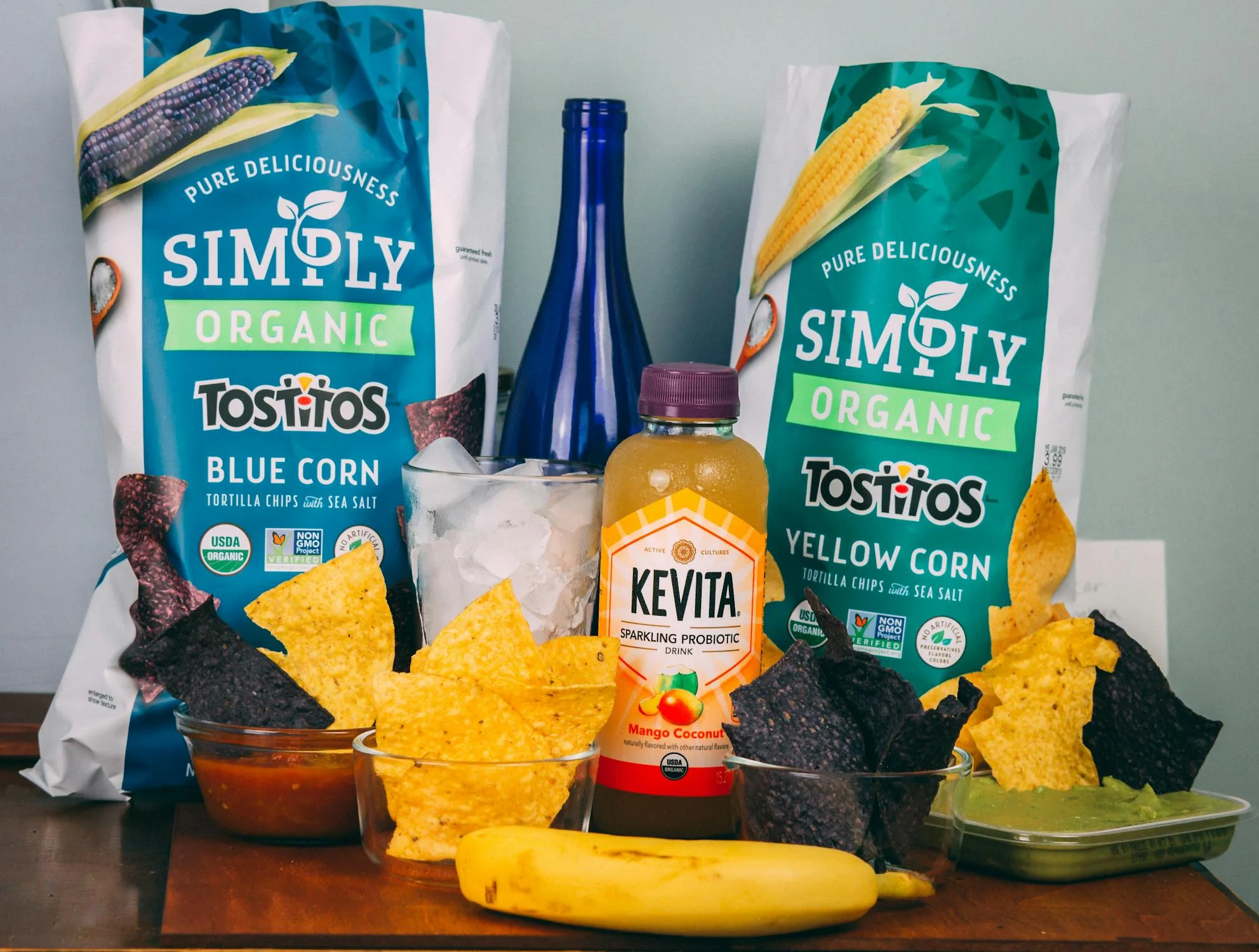
保護と保存
食品包装は、食べ物を新鮮に保つための鍵です, 安全, 化学物質に対する障壁として機能することによって長続きします, 生物学的, そして身体的脅威. ガラスのような材料, 金属, 特定のプラスチックは、食物を湿気から保護するのに役立ちます, 空気, と光, 輸送および保管中に品質を維持します.
食品廃棄物の削減
優れたパッケージングは、より良い封じ込めと保管を提供することで、食品廃棄物を削減するのに役立ちます. それは輸送中の腐敗を防ぎ、食物をより長く新鮮に保つ. プラス, 相互作用を容易にします, そのため、消費者は必要なもののみを使用します, 廃棄物を減らす.
マーケティングとコミュニケーション
パッケージングは製品の顔です, ブランドに棚で目立つ機会を与える. 創造的なデザインとクリアラベルは注目を集めながら、栄養的な事実や料理の指示のような本質的な詳細を提供しながら注目を集めています, 消費者が賢明な選択をするのを支援します.
安全のためのトレーサビリティ
最新のパッケージには、企業がサプライチェーン全体で食事を追跡できるようにするバーコードやRFIDタグなどの機能がよくあります. これにより、リコールを簡単に処理し、消費者の信頼を構築する透明性の層を追加します.
消費者の利便性
今日の消費者は、使いやすいパッケージが必要です. 再封印可能なバッグ, マイクロ波セーフトレイ, そして、簡単なデザインは、新鮮に保ちながら、食べ物の準備を風にさせます. 忙しいニーズを満たすために、パッケージングが進化しています, オンザゴーライフスタイル.
最も一般的に使用される食品包装材料は何ですか?
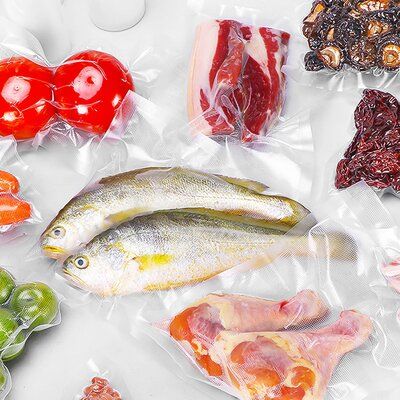
紙, 板紙, 段ボールは、小売パッケージングと配送アプリケーションの両方でよく見られます. しかし, プラスチックは、最も広く使用されている食品包装材のままです. その人気は、その軽量性に由来しています, 手頃な価格, 使いやすい. ガラスのように, プラスチックは非常に用途が広く、広範囲の形状に成形できます, 効率的なフードパッケージソリューションを探している多くの企業にとって最大の選択肢になる.
食品包装材料の種類
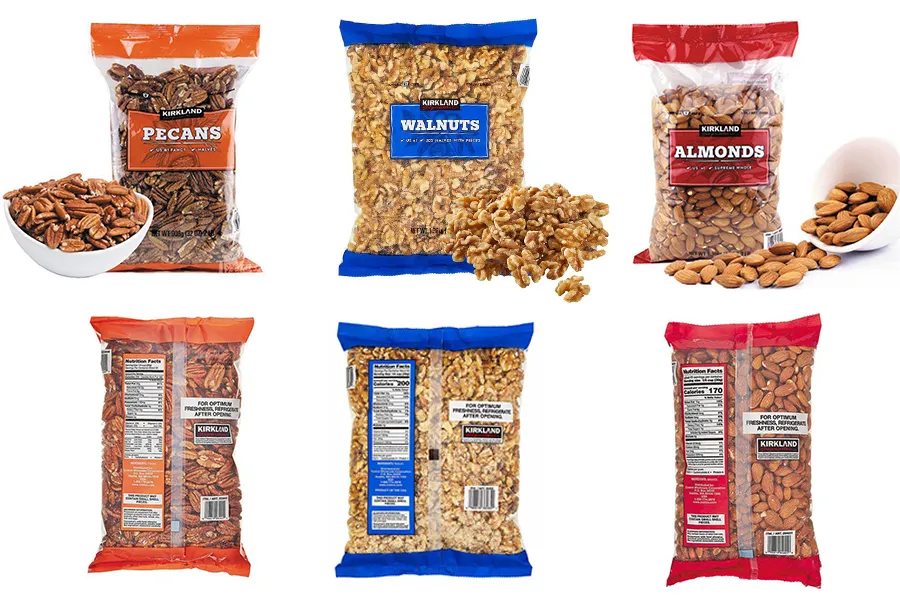
1. プラスチックパッケージ
プラスチックパッケージは、多くの利点があるため、食品業界では支配的な力です. そして、食品にはいくつかの種類のプラスチックパッケージがありますここにプラスチック包装に関するいくつかの重要なポイントがあります:
ポリエチレン (PE)
ポリエチレン (PE) 最も広く使用されているプラスチックパッケージ材料の1つです, その柔軟性と耐久性で知られています. 一般的に食料品の袋で使用されています, ラップをシュリンクします, とペットボトル. PEはさらに低密度ポリエチレンに分類できます (LDPE) および高密度ポリエチレン (HDPE), それぞれが異なるパッケージのニーズを提供しています. LDPEは、柔軟なパッケージによく使用されます, 一方、HDPEは、より硬いアプリケーションに適しています.
ポリプロピレン (PP)
ポリプロピレン (PP) 熱と水分に耐性があるため、食品包装で使用されるもう1つの人気のあるプラスチックです. 容器によく見られます, ストロー, フードラップ. PPはその明確さで知られています, 視界が不可欠なパッケージ製品に最適な選択肢になります. さらに, 他のプラスチックと比較して融点が高い, マイクロ波セーフパッケージングオプションを許可します.
ポリエチレンテレフタレート (ペット)
ポリエチレンテレフタレート (ペット) 飲料容器に広く使用されています, フードジャー, およびパッケージングフィルム. その強さと軽量の特性で知られています, ペットもリサイクル可能です, 環境に配慮したブランドに人気のある選択肢になります. 酸素と水分に対する優れた障壁保護を提供します, 食品の新鮮さと品質を維持するのに役立ちます.
2. 紙と段ボールの包装
国立医学図書館と国立バイオテクノロジー情報センター 言った, 紙と紙幣が含まれます 31% グローバルパッケージ市場セグメントの中で、フードパッケージで最も広く使用されています. リサイクル性のために、紙に広く使用されている2種類があります.
クラフトペーパー
クラフトペーパーは強いです, 漂白されていないパルプから作られた耐久性のある紙. 一般的に食品包装に使用されます, バッグなど, ラップ, とボックス. その自然な茶色と環境にやさしいことで知られています, クラフト紙は生分解性でリサイクル可能です, 環境に配慮した消費者に魅力的です. 引き裂きや湿気に対する抵抗は、さまざまな食料品の包装に適しています, 焼き菓子やスナックを含む.
段ボール
波形段ボールは、2つの平らな層の間に挟まれた溝付きの内層で構成されています, 優れた強さと保護を提供します. 箱やパッケージングの腐りやすい商品の出荷に広く使用されています. その軽量性は、送料を削減するのに役立ちます, 一方、そのクッションプロパティは、輸送中の製品を保護します. さらに, 段ボールを印刷することができます, リサイクル可能で環境にやさしいままでいる間、ブランディングとマーケティングの機会を可能にする.
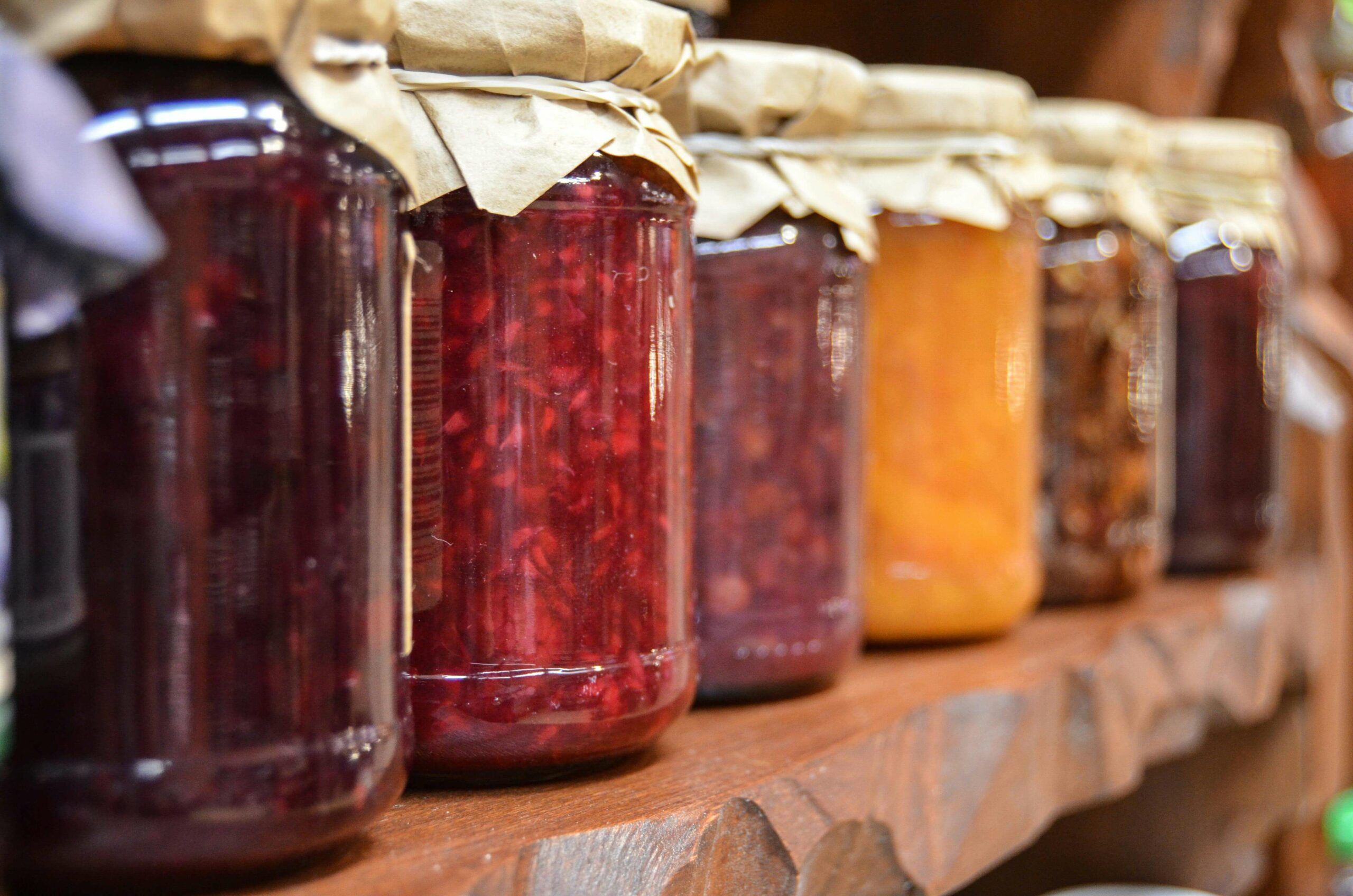
3. ガラス包装
ガラスには、食品包装に長い歴史があります, 最初のガラス容器が登場します 3000 紀元前. 生産プロセスには、シリカの混合物を溶かすことが含まれます, 炭酸ナトリウム, 高温での安定剤が厚い液体を作成する, その後、容器に成形されます.
ガラスは無毒であり、化学的に不活性です, 有害物質が食物に浸出しないことを保証します. ガスや蒸気に対するその不透明度は、時間の経過とともに製品の新鮮さを維持するのに役立ちます. そして、その透明性により、消費者は内容を見ることができます, 色付きのガラスは、光に敏感なアイテムを保護できます.
その利点にもかかわらず, ガラスパッケージには欠点があります, その重量など, 輸送コストを増やすことができます, そしてその脆弱性, 衝撃やサーマルショックから簡単に破壊できるようにする.
4. 金属包装
金属は、利用可能な最も汎用性の高いパッケージオプションです. 例外的な物理的保護と優れた障壁特性を組み合わせています, 柔軟なデザインと装飾を可能にします. さらに, メタルパッケージは非常にリサイクル可能で、強力な消費者の受け入れを享受しています. 3種類の金属包装があります.
アルミニウム
アルミニウムは、食品包装で一般的に使用される軽量で多用途の金属です, 特に飲料缶とホイルの場合. 光と水分に対する優れたバリア特性を提供します, 新鮮さを維持するのに役立ちます. さらに, アルミニウムは非常にリサイクル可能です, 消費者もメーカーも同様に環境に優しい選択にする.
ブリキ
ブリキの薄い層でコーティングされたスチールです, 腐食と錆に対する優れた耐性を提供します. 食品缶に広く使用されています, 製品の品質を維持する保護障壁を提供します. Tinplateは簡単に印刷できます, リサイクル可能である間、効果的なブランディングとマーケティングを可能にします.
鋼鉄
スチールは、缶詰食品や産業用食品容器などの製品の包装で使用される強力で耐久性のある金属です. それは外部要因に対する優れた保護を提供し、貯蔵寿命が長い. スチールパッケージもリサイクル可能であり、さまざまなパッケージングのニーズを満たすためにさまざまなサイズと形状で生産できます.
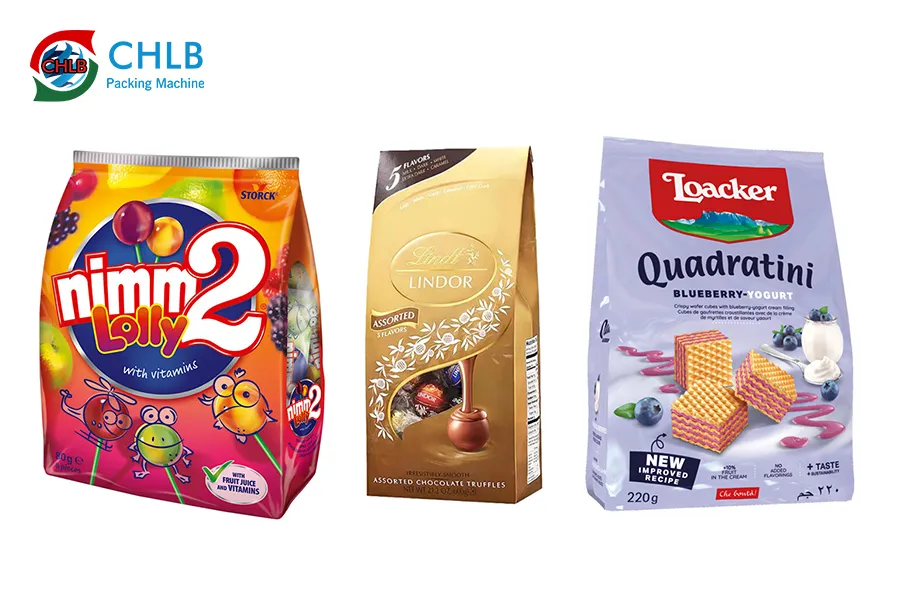
5. 柔軟なパッケージ
Flexible Packagingは、さまざまな業界で人気を博している革新的で適応性のあるソリューションです。. これが食品業界での2種類の柔軟なパッケージです.
多層映画
多層映画は、食品の強化された保護を提供するように設計されています. これらのフィルムはさまざまな素材を組み合わせて、水分に対する障壁を作り出します, 酸素, と光, これは、新鮮さを維持し、貯蔵寿命を延長するのに役立ちます. スナックフードで一般的に使用されます, 冷凍食品, そして腐りやすいアイテム, 多層フィルムは、さまざまなアプリケーションに合わせてカスタマイズ可能です, 食品の安全性と品質を確保します.
ポーチ
ポーチは、食品業界で広く使用されている柔軟なパッケージの多目的な形式です. これらはさまざまなコンテンツのために設計できます, から おやつ 液体へ, 多くの場合、利便性のために再封印可能な閉鎖を備えています. ポーチは軽量で空間効率が良いです, それらを小売や外出先での消費に最適にします. さらに, 多くのポーチには、電子レンジや簡単なスパウト用の蒸気孔などの機能が組み込まれています, 食品の完全性を維持しながらユーザーエクスペリエンスを向上させます.
6. リジッドパッケージ
リジッドパッケージは、形状と構造を維持するコンテナを指します, 内部の内容に堅牢な保護を提供します. このタイプのパッケージは、多くの場合、プラスチックなどの材料で作られています, ガラス, 金属, または段ボール.
クラムシェル
クラムシェルは、2つの半分が一緒にヒンジで構成される人気のある厳格なパッケージングオプションです, 製品の安全なエンクロージャーを形成します. 果物に一般的に使用されます, サラダ, そして焼き菓子, クラムシェルは、損傷から内容を保護しながら、優れた可視性を提供します. それらの設計により、簡単なスタッキングと輸送が可能になります, 小売業者と消費者の両方にとって便利にします.
トレイとボウル
トレイとボウルは、さまざまな食品に使用される多用途の硬質包装ソリューションです, すぐに食べられる食事を含む, おやつ, そして生鮮食品. これらのコンテナは、安定性と取り扱いの容易さを提供します, 多くの場合、異なる食品を分離するコンパートメントを備えています. プラスチックのような素材で作られています, アルミニウム, または生分解性オプション, トレイとボウルは、電子レンジで使用できるように設計できます, 食品の質を維持しながら、消費者の利便性を高める.
適切な食品包装材料を選択するためのヒント
適切な食品包装材料を選択することは、製品の品質と安全性を維持するために重要です. ここにあなたが正しい選択をするのに役立ついくつかのヒントがあります:
食べ物の種類を考えてみましょう
あなたが包装している食べ物の種類について考えてください. のような腐りやすいアイテム 果物と野菜 水分とガスを排除する材料が必要です. ドライグッズ用, パスタやシリアルのように, 保護が少ない場合があります. また, 食品に真空シーリングまたは冷蔵が必要かどうかを確認してください.
環境への影響
持続可能性が重要です. 環境に優しいパッケージを選択してください, リサイクル可能, または生分解性. 資料が持続可能な慣行で作られていることを示す認定を探してください. これは環境を助けるだけでなく、環境に配慮した顧客を引き付ける.
安全性と規制
食品包装では安全性が重要です. 材料が地元および国際的な安全基準を満たしていることを確認してください. 食物に浸出できる有害な化学物質が含まれていないことを確認してください. 安全なパッケージを使用すると、顧客との信頼が構築され、保護され続けます.
食品包装コストを削減するさまざまな方法
食べ物をパッケージ化するとき, 食品包装コストがあるかもしれません. コストを削減および削減する方法? ここにあなたが取る方法がいくつかあります.
代替包装材料を検討してください
あなたはあなたの食品をまだ効果的に保護するより安価な材料を探すべきです. 生分解性フィルムやシンプルな段ボールなどのオプションは、必要な保護を提供しながらコストを削減するのに役立ちます. 予算と製品のニーズに合った新しい材料を調査することが不可欠です.
リサイクル可能で再利用可能なパッケージを使用します
リサイクルまたは再利用できるパッケージを選択することは賢明な動きです. これはコストを削減するだけでなく、環境に配慮した顧客にもアピールします. 再利用可能な容器は、時間の経過とともに大幅な節約につながる可能性があります, 新しい包装材料の必要性を減らすにつれて.
パッケージデザインを最適化します
パッケージデザインを簡素化して、より少ない素材を使用できます. このアプローチは、生産コストと配送料の両方を削減できます. 廃棄物を最小限に抑えながら、製品に適切な保護を提供するデザインを検討することは有益です.
バルク購入を活用します
パッケージ材料を大量に購入すると、割引を利用できます. この戦略は、時間の経過とともにコストを大幅に削減できます. しかし, 十分な保管スペースが必要であり、使用前に材料が期限切れにならないこと.
パッケージコンサルタントと提携します
パッケージングの専門家との連携は、費用対効果の高いソリューションを見つけるのに役立ちます. 彼らはあなたのパッケージングプロセスの合理化を支援し、品質を犠牲にすることなくお金を節約する資料を提案することができます.
パッケージングのコストを定期的に監視および確認してください
包装費用を追跡することが重要です. 定期的なレビューは、トレンドを見つけて、貯蓄を行うことができる領域を特定するのに役立ちます. 必要に応じて戦略を調整することで、常にコストを効果的に最小限に抑えることができます.
重要なポイント
食品包装材料 - プラスチックであろうと, 紙, ガラス, または金属 - すべてがあなたの製品を保護し提示する上で重要な役割を果たします. 適切なものを選択することは、食品の種類によって異なります, 環境目標, 安全要件.
パッケージに関する専門家のアドバイスをお探しの場合, chlbpack 助けるためにここにあります. 私たちはプロセスを案内し、最高のものを見つけることができます, あなたのビジネスにとって最も手頃な価格のソリューション. お気軽に chlbpackに手を差し伸べます パーソナライズされたサポートのためにいつでも!

